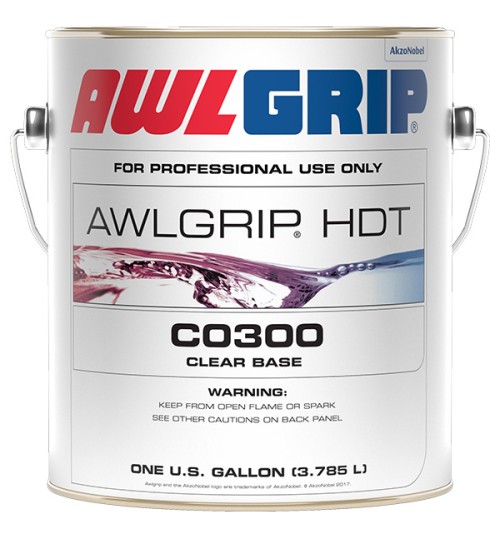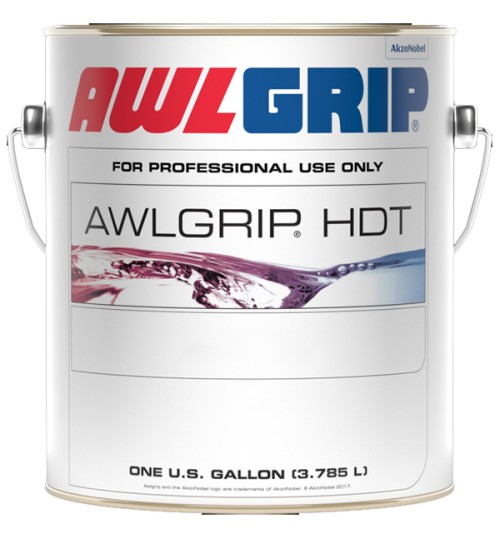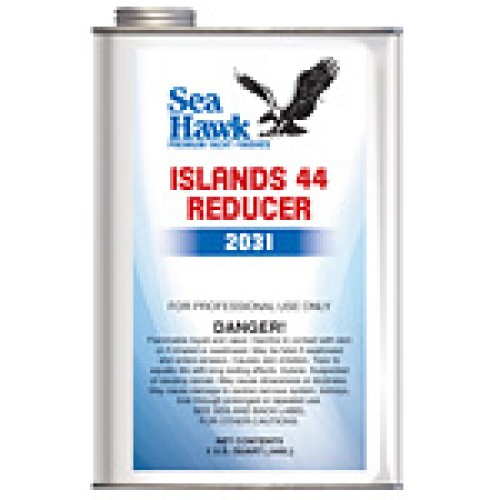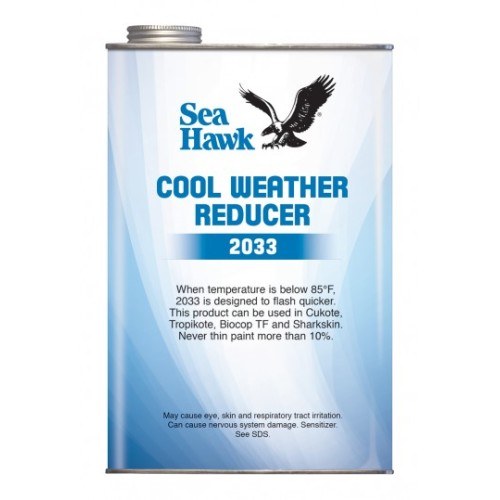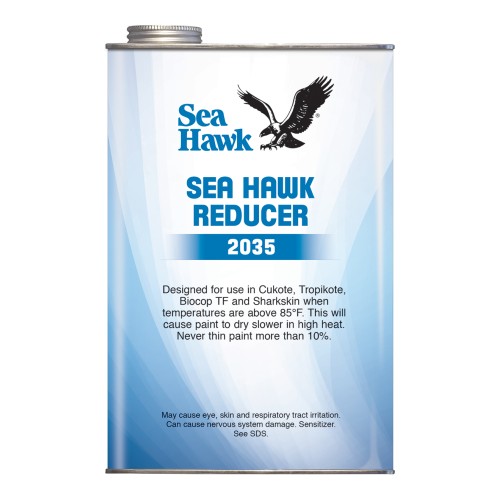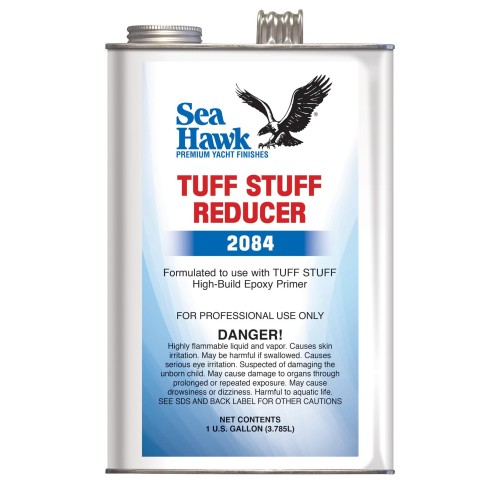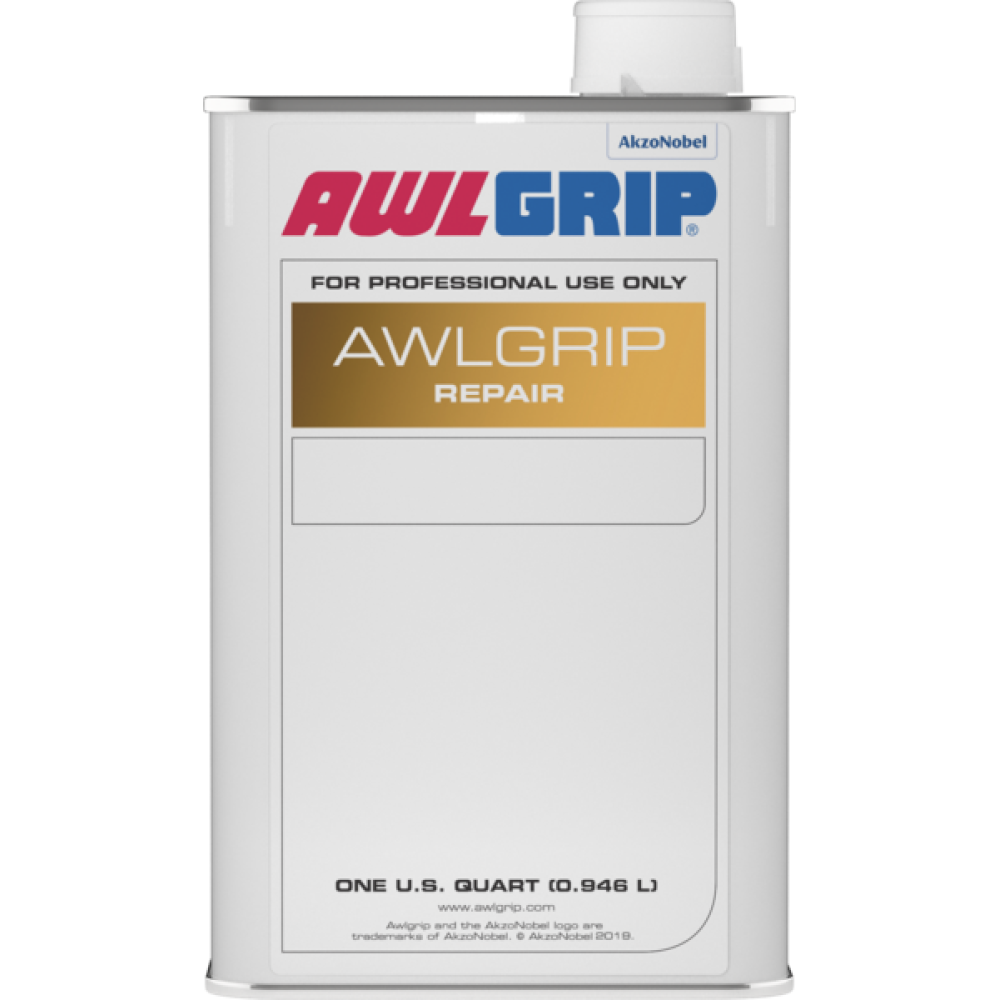Column Left Debug: 0
Awlgrip Repair E3001 for Awlcraft SE or Awlgrip HDT
-
Boat Bottom Paint
- Top Performing Bottom Paint
- Self-Polishing-Ablative Bottom Paint
- Hard Bottom Paint
- Hybrid Bottom Paint
- Water Based Bottom Paint
- Aluminum Safe Bottom Paint
- Bottom Paint Primers
- Specialty Marine Coatings
- Outdrive Paint
- Sea Hawk Paints
- Blue Water Bottom Paints
- Interlux Bottom Paint
- Pettit Bottom Paint
- Bottom Paint Remover
- Aquagard Bottom Paints
- Cleaners-Reducers-Solvents
- Boat Paint
- Boat Zincs
- New Items and Specials
- Boat Bottom Paint3
- Fiberglass and Gel Coat Repair
-
Topside Boat Paint
- Above or Below the Waterline
- Aluminum Boat Paint
-
Awlgrip Marine Paint
- Awlgrip Polyester Urethane Topcoat
- Awlcraft 2000 Acrylic Urethane Topcoat
- Awlgrip Awlcraft® SE Topcoat
- Awlgrip HDT
- Awlcraft 3000
- Awlgrip Converters
- Awlgrip Reducers and Activators
- Awlgrip Primers/Sealers
- Awlgrip Fairing/Surfacing
- Awlgrip Awl-Prep Wipe Down Solvents
- Awlgrip Corrosion Inhibiting Surface Treatments
- Awlgrip Brightwork, Varnish, Interior Wood
- Awlgrip Auxiliary Products
- Awlgrip Maintenance Products
- Camouflage Boat Paint
- Blue Water Topside Paints
- Duralux Marine Paints
- Marine Enamels
- Interlux Topside Paint
- Pettit Easypoxy
- Adhesives and Sealants
- Teak Oil and Wood Restoration
- Boat Paint Supplies
- Resins
- Cleaners and Polish
- Manufacturers
- Propeller and Running Gear Coatings
Your shopping cart is empty!
Product Description
Should the need arise to repair your Awlcraft SE or Awlgrip HDT coating system, from the smallest scratch through to a large scale repair. Awlgrip Repair products in conjunction with the specific Repair Manual will take you through to a successful repair.
For repairing your Awlcraft SE base coat/ clear coat system
AwlGrip Repair Manual for Awlcraft SE
For repairing your Awlgrip HDT coating system
*This Item Ships From South Florida Click to See Estimated Transit Times

Surface Preparation
The surface preparation advice provided, and equipment suggestions, can be used as a guide. Preparation techniques and results will vary according to individual conditions, equipment choice/condition and other factors. Testing on a non-critical area should be carried out prior to full-scale preparation. The surface preparation of the area to be repaired is described in the separate repair manuals for Awlcraft SE and Awlgrip HDT.
Mixing & Reduction
Mixing and reduction requirements will vary according to individual conditions, climate, equipment choice/condition and other factors. Mixing and application of a small sample before full-scale application is recommended. The mixing and reduction instructions for the repair products are described in the separate repair manuals for Awlcraft SE and Awlgrip HDT.
Application
Application equipment and parameters are given as a guide. Actual equipment choices will vary according to application conditions, equipment condition and other factors. Testing on a non-critical area should be carried out prior to full-scale application. Contact your local technical service representative for further advice if necessary.
For use and application of the Awlgrip Repair Products please refer to the separate repair manuals for Awlcraft SE and Awlgrip HDT.
Recoatability & Drying Times
The data given for recoatability is not exhaustive. Actual recoatability can vary according to individual conditions, climate and surroundings. If unsure, consult your local technical service representative before proceeding. The recoatability information and recommended drying times for the repair products are described in the separate repair manuals for Awlcraft SE and Awlgrip HDT.
Warning Notes
Do not use unless mixed thoroughly with the curing agent at specified ratio.
Do not use below 13°C/55°F or warmer than 40°C/104°F. Proper application and/or cure results may be more difficult to achieve when conditions are outside this range.
Avoid conditions of low temperature with high humidity as this can result in the formation of a surface by-product that must be removed by either detergent wash followed by fresh water wash, or by sanding.
Check with local authorities to determine VOC restrictions in your area.
Please ensure a risk assessment is carried out to assess the level of PPE required for the particular task undertaken when using this product.
Volume Solids
- Awlgrip Repair Basecoat Foundation Coat (E3001) - 10.37% (MS 13.31%)
- Awlgrip Repair Basecoat Blender (T0190) - 9.76% (MS 11.70%)
- Awlgrip Repair Topcoat Blender (T0195) - 0.025% (MS 0.03%)
Specific Gravity
- Awlgrip Repair Basecoat Foundation Coat (E3001) - 0.89
- Awlgrip Repair Basecoat Blender (T0190) - 0.93
- Awlgrip Repair Topcoat Blender (T0195) - 0.84
Available Packs All products are available in Quart size packs
Base OE3001 - Awlgrip Repair Basecoat Foundation Coat
OT0190 - Awlgrip Repair Basecoat Blender
OT0195 - Awlgrip Repair Topcoat Blender
TDS – AwlGrip Awlcraft SE Topcoat
Surface Preparation
Awlcraft SE basecoats should be applied over the appropriate Awlgrip primer or previous Awlgrip / Awlcraft topcoat. The primed surface must be clean and dry. Wipe with Surface Cleaner T0170 (US) or T0340 (EU) using the two cloth wipe down method. Achieving maximum gloss and distinction of image
requires the primer and/or existing topcoat be smooth sanded with P400 grit paper before application. The surface preparation advice provided, and equipment suggestions, can be used as a guide. Preparation techniques and results will vary according to individual conditions, equipment choice/condition and other factors. Testing on a non-critical area should be carried out prior to full-scale preparation.
Mixing & Reduction
Mixing and reduction requirements will vary according to individual conditions, climate, equipment choice/condition and other factors. Mixing and application of a small sample before full-scale application is recommended.
| Application Methods | Mix Ratio (Base:Converter) | Reducer | Recommended Thinning | Spraying Viscosity |
| Conventional Spray, HVLP Spray | 100:15 by volume | T0001 | 45 % | 14 - 15 Seconds DIN 4 cup |
| Conventional Spray, HVLP Spray | 100:15 by volume | T0003 | 45 % | 14 - 15 Seconds DIN 4 cup |
| Conventional Spray, HVLP Spray | 100:15 by volume | T0005 | 45 % | 14 - 15 Seconds DIN 4 cup |
Mix to a smooth, homogenous mixture. Awlcraft SE basecoats are designed for spray application only and have a significantly shorter pot life than regular
topcoats. DO NOT add accelerators to Awlcraft SE.
Application
Application equipment and parameters are given as a guide. Actual equipment choices will vary according to application conditions, equipment condition and
other factors. Testing on a non-critical area should be carried out prior to full-scale application. Contact your local technical service representative for further
advice if necessary.
Apply first crosscoat using a smooth, even and fluid spray application technique in order to achieve a uniform, consistent finish. Apply no more than 25-35cm (1014”)
width areas at a time. Constant air pressure is necessary during application to ensure evenness of finish. Allow to flash off until surface is matt
(~10mins at 25°C/77°F).
Apply second crosscoat in the same way as the first.
When applying a metallic or a 2-stage pearlescent color, an optional dropcoat (mistcoat) can be applied prior to clear coating. This may be necessary to
ensure consistency in metallic flake orientation and can be applied whilst previous crosscoat is wet or once surface is matt. The dropcoat will help to achieve
a consistent finish and avoid shade variations and/or clouding.
When applying a 3-stage pearlescent color, it is important to achieve opacity with the solid basecoat. This is normally achieved in 2-3 coats. Once opacity
has been achieved, the pearl mid-coat can be applied in 1-2 coats. Care must be taken to ensure an even film of mid-coat is applied as overlaps, or additional
coats, can alter the final shade of the topcoat.
For solid color basecoats, apply smooth wet coats until opacity has been achieved. Most colors require 1-2 coats; however some colors may require
additional coats.
Once the surface has gone completely matt apply 2 full coats of Awlcraft 2000 Clear or Awlgrip HDT Clear. After applying the specified basecoat color, allow
the coating to cure a minimum of 1 hour at 25°C (77°F) and up to 3 days before clear applications. See application and mixing instructions on the Clear Coat
Technical Data Sheet.
DO NOT add accelerators to Awlcraft SE.
Awlcraft SE is designed for spray application only.
Awlcraft SE must be clear coated.
Surface/Ambient temperature range is 2332°
C (7090° F). Proper application and/or cure results may be more difficult to achieve when conditions are outside
this range. Do not apply paint materials to surfaces less than 3°C (5°F) above dew point, or to surfaces warmer than 41°C (105°F).
Ambient temperature should be minimum 10°C (50°F) and maximum 41°C (105°F).
Recoatability & Drying Times
The data given for recoatability is not exhaustive. Actual recoatability can vary according to individual conditions, climate and surroundings. If unsure, consult
your local technical service representative before proceeding.
Overcoated By: Awlcraft 2000, Awlgrip HDT Clearcoat
Temp: (95°F) 60 Minutes Min, 3 days MAX
Temp: 25°C (77°F) 60 Minutes Min, 3 days MAX
Awlcraft SE Basecoat surface must be kept clean at all time before clearcoat application. To reduce dust contamination, clean compressed air or tack rags should be used over Awlcraft SE Basecoat. Oil contamination should be removed using light amounts of Awlgrip Wipe Down Solvent (NA/AP: Awlprep T0008; EU: Surface Cleaner T0340). In case of heavy contamination contact your local Representative.

